When it comes to making delicious and healthy meals, a...
Read More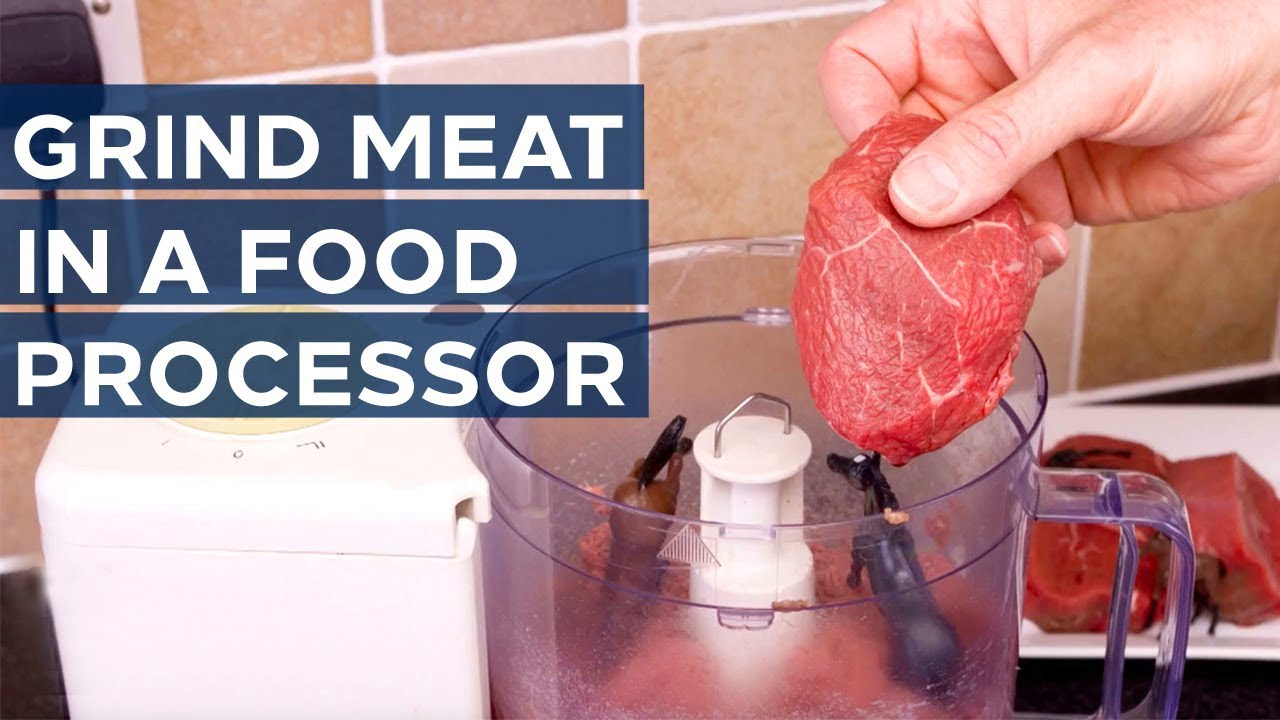
A food processor is a versatile kitchen appliance that can be used for a wide range of tasks, including preparing meat. Food processors for meat come with various attachments and blades that can make chopping, grinding, and pureeing meat much easier and faster. With a food processor, you can make ground meat for burgers, meatballs, or meatloaf, chop meat for stews or stir-fries, or puree meat for pâté or dips.
A food processor for meat typically comes with a powerful motor and a large capacity bowl that can handle large quantities of meat. Some models also come with additional attachments, such as grinding plates or sausage stuffing tubes, that can expand the capabilities of the machine. When choosing a food processor for meat, it’s important to consider the power of the motor, the size of the bowl, and the quality of the blades and attachments.
Using a food processor for meat can save time and effort in the kitchen, allowing you to prepare a wide range of meat dishes quickly and easily.
Can you put meat in a food processor?
Yes, you can put meat in a food processor. In fact, a food processor can be a very useful tool for processing meat, such as grinding or chopping it. This can save you time and effort compared to doing it manually with a knife or a meat grinder.
When processing meat in a food processor, it’s important to use the appropriate blade for the task at hand. A sharp and sturdy metal blade, such as an S-shaped blade, is typically used for chopping and pureeing meat. Some food processors may come with additional attachments, such as grinding plates or meat chopper attachments, that are specifically designed for grinding meat.
It’s important to note that the quality of the meat you put in the food processor can affect the final result. Using fresh and high-quality meat can result in a better texture and flavor compared to using lower quality or frozen meat. Additionally, it’s important to handle raw meat safely and follow proper food safety guidelines to prevent the risk of foodborne illness.
Which meat can you use in food processor?
You can use a variety of meats in a food processor, including beef, pork, chicken, turkey, and lamb. It’s important to ensure that the meat is fresh, boneless, and trimmed of any excess fat.
Additionally, some tougher cuts of meat may require pre-grinding or partial freezing to achieve the desired consistency. When processing meat in a food processor, it’s important to use a processor specifically designed for grinding meat and to follow the manufacturer’s instructions for grinding meat.
What is the best size food processor for meat?
The best size food processor for grinding meat depends on the quantity of meat you plan to grind. Generally, a food processor with a larger capacity bowl will be more suitable for grinding larger quantities of meat. A food processor with a capacity of 10-14 cups is typically considered a good size for grinding meat.
However, if you only plan to grind small amounts of meat, a food processor with a smaller capacity bowl may be sufficient. Keep in mind that a smaller capacity bowl may require multiple batches to grind larger quantities of meat, which can be more time-consuming.
It’s also important to consider the size of the food processor in relation to your storage and counter space. A larger food processor may be more difficult to store and take up more counter space, while a smaller food processor may be more compact and easier to store.
Ultimately, the best size food processor for grinding meat will depend on your specific needs and how much meat you plan to grind.
Which food processor is best for grinding meat?
When it comes to choosing the best food processor for grinding meat, there are a few factors to consider:
- Power: A food processor with a powerful motor is important for grinding meat quickly and efficiently. Look for a machine with at least 600 watts of power.
- Capacity: Choose a food processor with a large capacity bowl to accommodate the quantity of meat you plan to grind.
- Blades: A sharp and sturdy metal blade, such as an S-shaped blade, is typically used for chopping and pureeing meat. Some food processors may come with additional attachments, such as grinding plates or meat chopper attachments, that are specifically designed for grinding meat.
- Based on these factors, here are some of the best food processors for grinding meat:
- Cuisinart DFP-14BCNY 14-Cup Food Processor: This food processor has a powerful 720-watt motor, a large 14-cup capacity bowl, and comes with a stainless steel S-shaped blade that can easily grind meat.
- KitchenAid KFP1466CU 14-Cup Food Processor: This food processor has a powerful 320-watt motor, a large 14-cup capacity bowl, and comes with both an S-shaped blade and a reversible shredding disc that can also be used for grinding meat.
- Hamilton Beach Professional 14-Cup Dicing Food Processor: This food processor has a powerful 600-watt motor, a large 14-cup capacity bowl, and comes with a stainless steel S-shaped blade and a reversible slicing/shredding disc that can be used for grinding meat.
Ultimately, the best food processor for grinding meat will depend on your specific needs and preferences, but these models are a good place to start.
Benefits of using food processor for meat
Using a food processor to process meat offers several benefits, including:
- Convenience: A food processor can quickly and easily process meat into ground meat, without the need for a separate meat grinder. This can save time and effort in the kitchen, especially when preparing recipes that call for ground meat.
- Control: Processing meat in a food processor allows you to control the texture and consistency of the ground meat. You can adjust the processing time and the size of the meat pieces to achieve the desired texture, whether you prefer a fine grind or a coarser texture.
- Versatility: A food processor can be used for a variety of food preparation tasks, making it a versatile addition to any kitchen. You can use it to process other ingredients, such as vegetables and herbs, to add flavor and nutrition to your ground meat dishes.
- Cost savings: Purchasing a food processor can be a cost-effective alternative to buying pre-ground meat. You can purchase larger cuts of meat and process them at home, which can save money in the long run.
Overall, using a food processor to process meat can be a convenient, versatile, and cost-effective way to prepare ground meat for your favorite recipes.
Is a meat grinder the same as a food processor?
No, a meat grinder is not the same as a food processor. While both appliances are used for grinding or processing food, they are designed for different purposes.
A meat grinder is specifically designed to grind meat and typically comes with different types of blades and grinding plates to achieve different textures of ground meat. It usually has a powerful motor and can process large quantities of meat quickly and efficiently.
On the other hand, a food processor is a versatile kitchen appliance that can be used for a variety of food preparation tasks, including chopping, slicing, shredding, and pureeing. While a food processor can also be used to grind meat, it may not be as efficient or produce the same quality of ground meat as a meat grinder.
In summary, while both appliances can be used for grinding meat, a meat grinder is specifically designed for this task and will typically produce a better quality ground meat.
How do you process meat in a food processor?
To process meat in a food processor, you will need to cut the meat into small pieces and follow these steps:
- Cut the meat into small cubes or chunks that will fit easily into the food processor.
- Chill the meat in the refrigerator for at least 30 minutes before processing. This will make the meat firmer and easier to handle.
- Attach the food processor blade suitable for meat processing to the food processor bowl.
- Place the chilled meat cubes into the bowl of the food processor, filling it no more than 2/3 of the way full.
- Pulse the food processor in short bursts until the meat is ground to the desired consistency. Avoid running the food processor continuously for long periods, as this can overheat the motor and affect the quality of the ground meat.
- If necessary, scrape down the sides of the bowl and process any remaining large chunks until the meat is evenly ground.
- Use the ground meat immediately, or transfer it to an airtight container and store it in the refrigerator or freezer until ready to use.
Note that while a food processor can be used to grind meat, it may not be as efficient or produce the same quality of ground meat as a meat grinder. If you plan to grind meat regularly, it may be worth investing in a dedicated meat grinder.
Factors to consider when choosing the best food processor for meat
When choosing a food processor for processing meat, there are several factors to consider:
- Motor power: Look for a food processor with a strong motor that can handle the tough job of processing meat. A motor with at least 600 watts of power is recommended for grinding meat.
- Blade quality: The blade of the food processor is crucial in processing meat. Choose a food processor with a sharp, sturdy blade made of high-quality stainless steel.
- Capacity: Consider the size of the food processor bowl and the amount of meat you need to process at one time. A larger bowl can handle more meat, but may also take up more space in your kitchen.
- Durability: Look for a food processor made of durable materials, such as high-quality plastic or metal. It should be able to withstand the demands of processing meat and last for years.
- Ease of cleaning: A food processor with removable parts that are dishwasher safe can make cleanup quick and easy.
- Safety features: Choose a food processor with safety features such as locking mechanisms to prevent the blade from spinning when the lid is not properly secured.
- Price: Food processors for processing meat can vary in price. Decide on a budget and choose the best food processor within that range.
By considering these factors, you can choose a food processor that is best suited for processing meat and meets your specific needs.
Troubleshooting about food processor for meat
Here are some common issues that may arise when using a food processor for meat, along with potential troubleshooting solutions:
- Meat is not grinding properly: This could be due to dull blades or an overloaded machine. Try sharpening the blades or cutting the meat into smaller pieces and grinding in batches.
- Meat is becoming too mushy: This could be due to overprocessing the meat or not using the correct blade. Try using a pulse function or using the meat blade attachment.
- Food processor is making strange noises: This could be due to a loose blade, worn-out bearings, or an issue with the motor. Try tightening the blade or contacting the manufacturer for repairs.
- Food processor is not turning on: This could be due to an issue with the power source, a faulty switch or motor, or a tripped circuit breaker. Try checking the power source and resetting the circuit breaker, or contacting the manufacturer for repairs.
- Food processor is difficult to clean: This could be due to leftover meat particles stuck in the blades or crevices. Try using a brush or toothbrush to remove any debris, or disassembling the machine and washing each component thoroughly.
If these troubleshooting tips do not solve the issue, it may be necessary to contact the manufacturer for assistance or repairs.
Food processor for meat - FAQs
Here are some frequently asked questions (FAQs) about offset serrated knives:
While you can use a regular food processor for grinding meat, it’s important to note that not all food processors are designed to handle the toughness of raw meat. A food processor specifically designed for grinding meat will have a stronger motor and sturdier blades.
Grinding frozen meat in a food processor is not recommended as it can damage the blades and motor. It’s best to thaw the meat first before grinding it.
Yes, you can make sausage with a food processor. You will need to use a food processor with a meat grinder attachment or purchase a separate meat grinder attachment.
Grinding bones in a food processor is not recommended as it can damage the blades and motor. For grinding bones, a meat grinder or a specialized bone grinder is recommended.
It depends on the manufacturer’s instructions. Some food processors have blades that are dishwasher safe, while others require hand washing. Always refer to the manufacturer’s instructions before cleaning the blades.
Do you really need food processor for meat?
In conclusion, a food processor can be a valuable tool for processing meat in the kitchen. It can save time and effort when preparing ground meat for recipes, while also providing control over the texture and consistency of the meat. When choosing a food processor for meat, it is important to consider factors such as motor power, blade quality, capacity, durability, ease of cleaning, safety features, and price. By choosing a food processor that meets your specific needs, you can enjoy the convenience, versatility, and cost savings that come with processing meat at home.
Related Posts
Everything You Need To Know About Food Processors
When it comes to kitchen appliances, there are a few...
Read MoreBest Food Processor For Nut Butter
There are a lot of reasons why you might want...
Read MoreWhy Trust Us
You will find what you are looking for at Jody's Bakery. From classic to luxury brands, you'll find both. We will help you to select appliances that fit your needs, budget and lifestyle. Whether you want to stop by to learn more — or plan to make a major purchase — we’ll treat you like family and assist you every step of the way. Shop with us today to receive friendly and experienced help along the way.











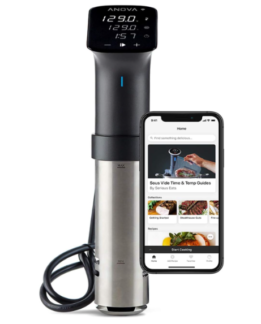
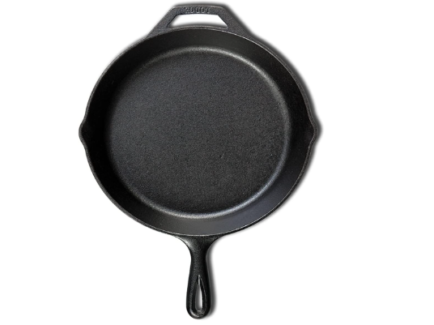
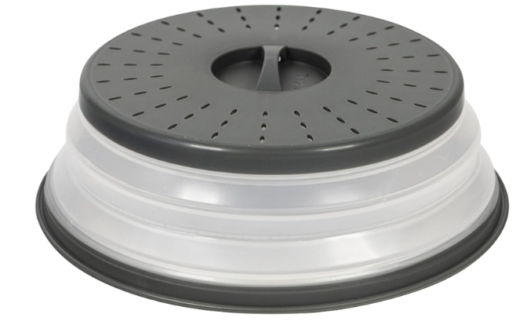
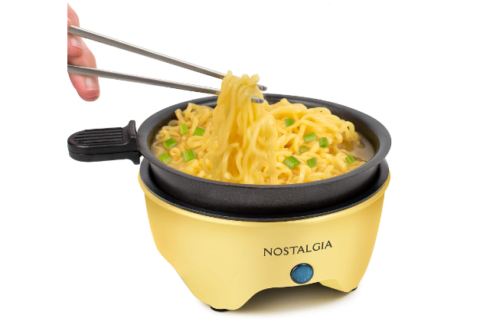
… [Trackback]
[…] Read More here to that Topic: jodysbakery.com/what-is-a-food-processor-for-meat/ […]
… [Trackback]
[…] Here you will find 91373 more Information on that Topic: jodysbakery.com/what-is-a-food-processor-for-meat/ […]
… [Trackback]
[…] There you will find 24777 additional Information to that Topic: jodysbakery.com/what-is-a-food-processor-for-meat/ […]
… [Trackback]
[…] Find More on on that Topic: jodysbakery.com/what-is-a-food-processor-for-meat/ […]
… [Trackback]
[…] Information on that Topic: jodysbakery.com/what-is-a-food-processor-for-meat/ […]
… [Trackback]
[…] Information on that Topic: jodysbakery.com/what-is-a-food-processor-for-meat/ […]
… [Trackback]
[…] Find More on that Topic: jodysbakery.com/what-is-a-food-processor-for-meat/ […]
… [Trackback]
[…] Read More Information here to that Topic: jodysbakery.com/what-is-a-food-processor-for-meat/ […]
… [Trackback]
[…] Here you will find 29237 more Info on that Topic: jodysbakery.com/what-is-a-food-processor-for-meat/ […]